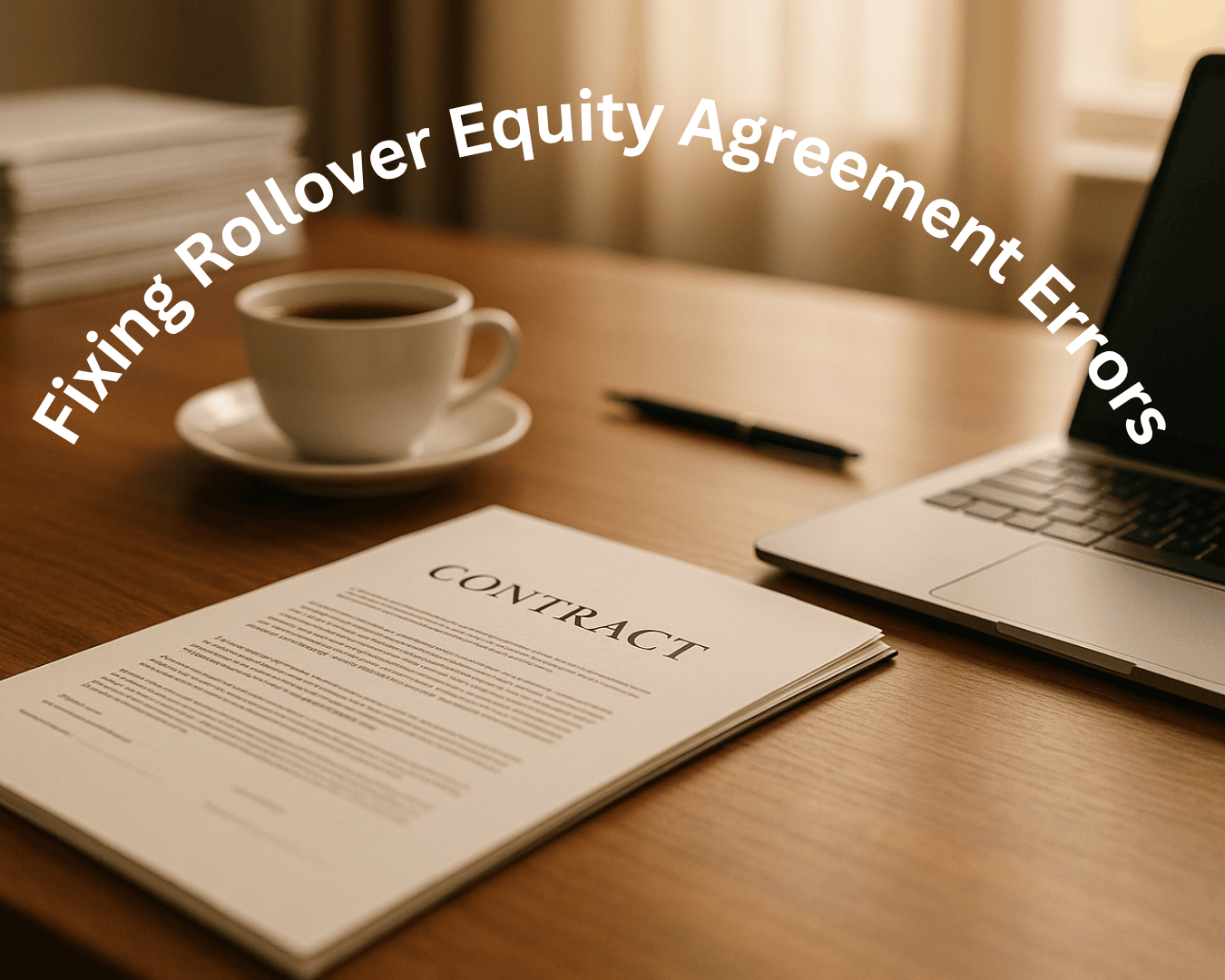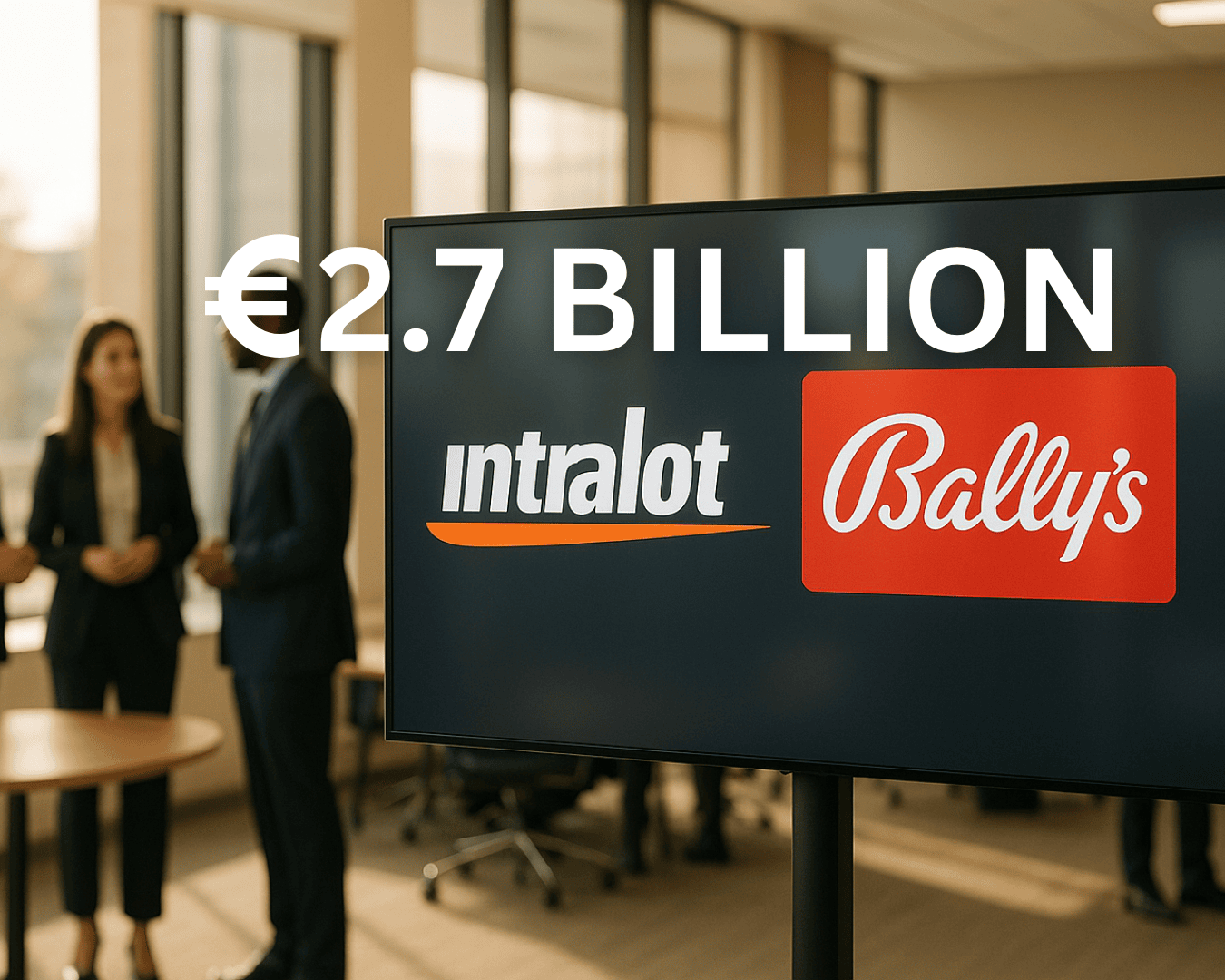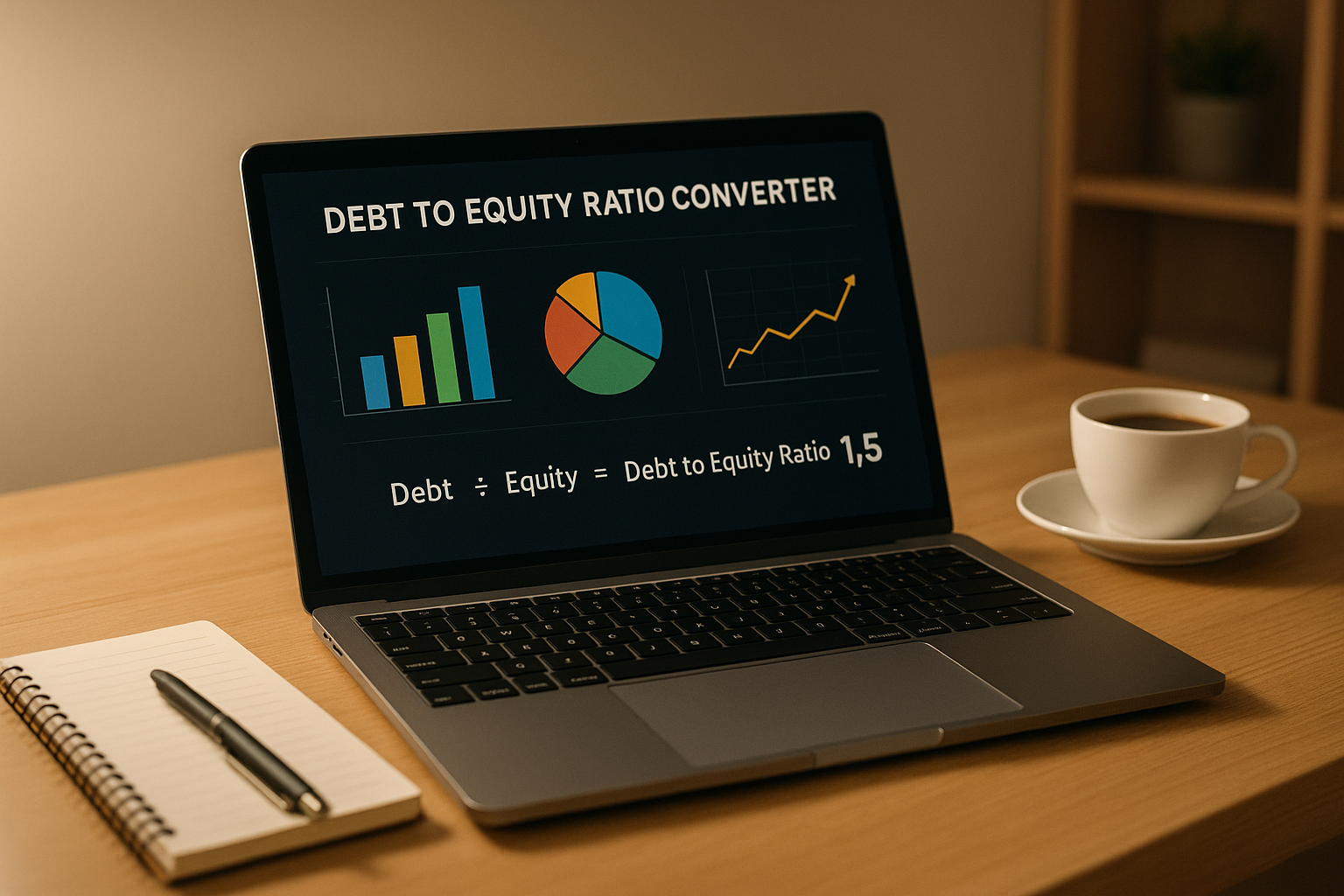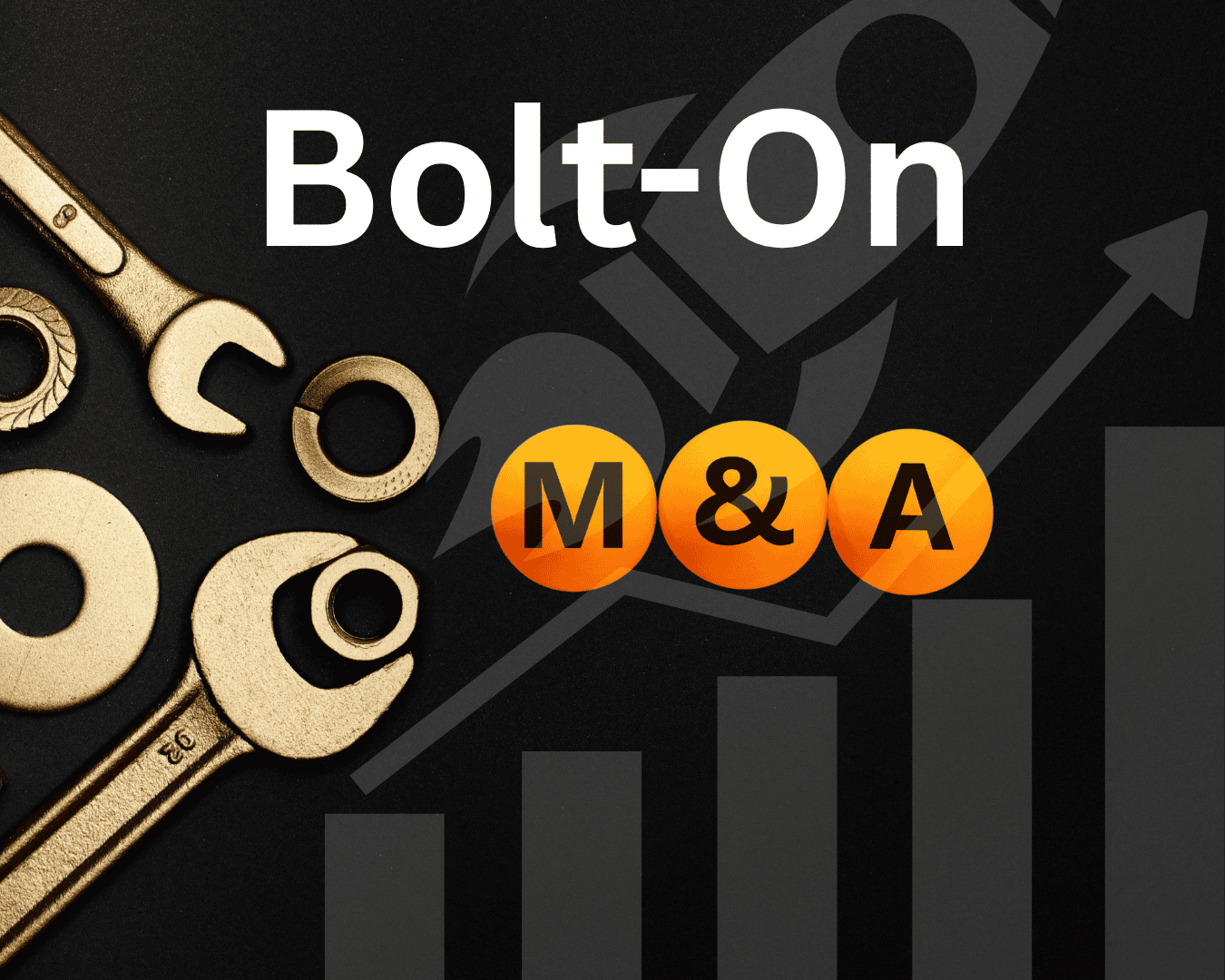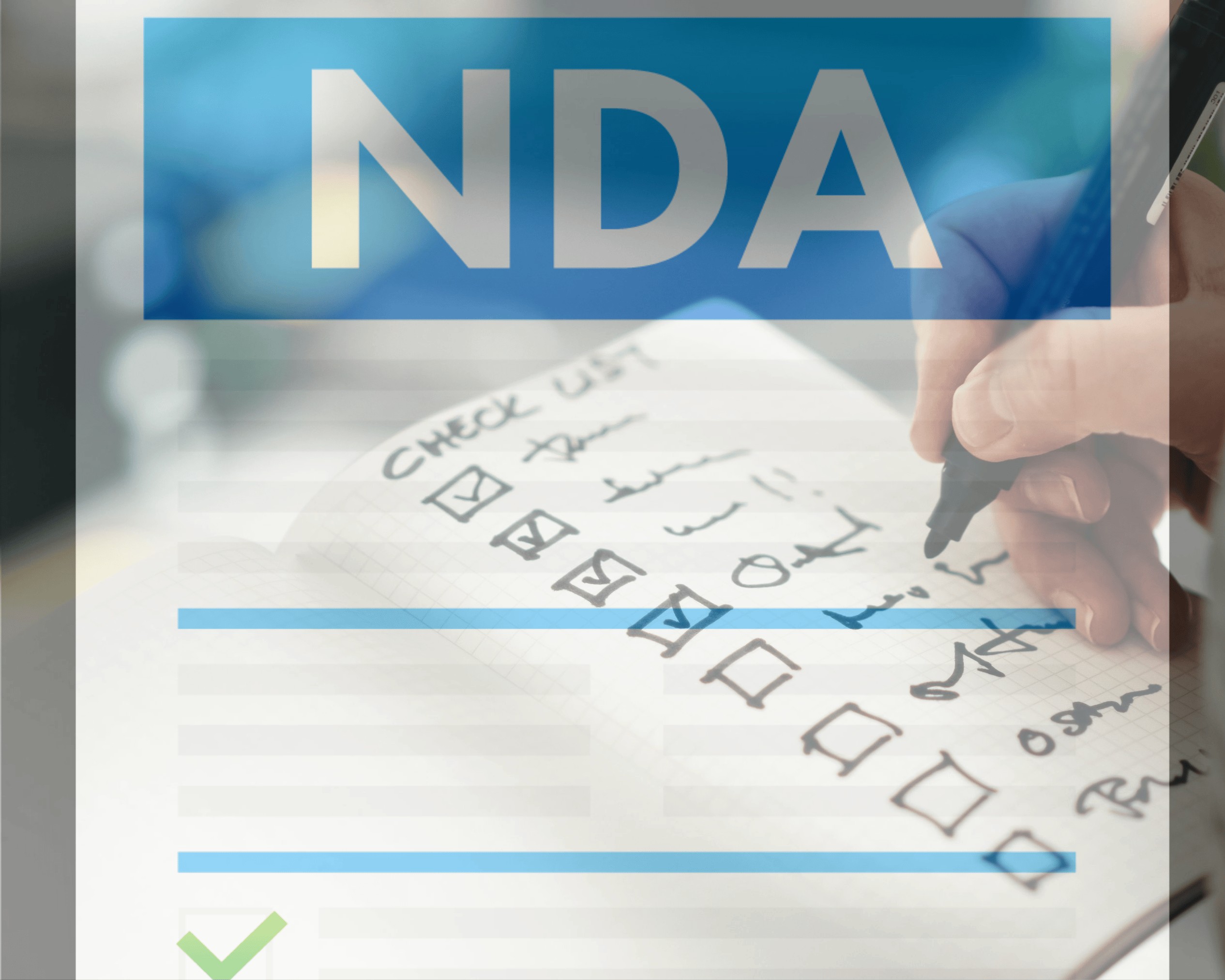High-leverage risk in small and medium-sized business (SMB) acquisitions occurs when buyers rely heavily on debt to fund a business purchase. While debt can boost returns, it also increases financial vulnerability. Here’s what you need to know:
- Definition: High-leverage risk arises when debt levels are so high that they strain cash flow, making it harder for businesses to cover expenses, reinvest, or handle unexpected challenges.
- Common Debt Levels: Many SMB deals involve 70%-90% debt financing, which amplifies risks if cash flow declines.
- Key Challenges: High debt can limit flexibility, increase exposure to economic shifts, and lead to financial distress if revenue drops.
- Solutions: Buyers can manage risks through conservative financial planning, diversified funding sources (e.g., SBA loans, seller financing), and stress testing to prepare for worst-case scenarios.
Understanding and managing leverage is critical for buyers aiming to balance returns with financial stability.
Leveraged Buyout (LBO) Definition: How It Works, with Example
What Causes High-Leverage Risk in SMB Acquisitions
Understanding what drives high-leverage situations in small and medium-sized business (SMB) acquisitions can help buyers make smarter financing choices. Two key factors play a role: the debt structures used to finance these deals and market conditions that encourage heavy borrowing. Let’s take a closer look at how each contributes to higher leverage risk.
Debt Structures in SMB Deals
Financing for SMB acquisitions typically involves a mix of bank loans, investor equity, and seller financing.
- Bank loans are a cornerstone of SMB financing. They provide relatively affordable capital but come with strict terms and shorter repayment schedules. For example, standard commercial loans often require repayment within five years, which can strain a business's cash flow.
- SBA loans are another common option, backing roughly 95% of bank loans for SMB acquisitions. These loans can cover up to 90% of the purchase price, with repayment terms stretching up to 10 years. Buyers usually need 5% to 20% seller participation to secure these loans.
- Seller financing is involved in nearly 85% of small business purchases. For instance, in a $20 million deal, the buyer might pay $11 million upfront and use a $9 million seller note with 5% interest, due in four years.
- Mezzanine debt adds another layer of flexibility compared to traditional bank loans but comes at a higher cost.
This combination of debt options can make SMB acquisitions feasible but also introduces repayment pressures that increase risk.
Market and Economic Conditions
Market trends also fuel high-leverage SMB deals.
When interest rates are low, borrowing becomes cheaper, encouraging buyers to rely more heavily on debt. In competitive markets, where multiple buyers are vying for the same business, higher leverage often becomes a tool to offer more attractive purchase prices. Buyers who use more debt can match others' offers while keeping their equity investment lower, betting on the business's ability to handle the extra debt load.
Seller financing further contributes to this trend because it’s quicker to arrange and involves less red tape than traditional bank loans. This allows buyers to reduce their upfront payments, lower their debt service obligations, and potentially increase their net income.
Together, these financing structures and market conditions create an environment where high-leverage deals are common. For buyers, this underscores the need for careful financial planning and risk management when navigating SMB acquisitions.
How High-Leverage Risk Affects Buyers and Businesses
High leverage isn’t just a financial figure on a balance sheet - it fundamentally changes how businesses operate and how buyers experience those changes.
Cash Flow and Debt Payment Requirements
When small and medium-sized businesses (SMBs) take on significant debt during acquisitions, they face the challenge of maintaining enough cash flow to cover both operational costs and debt payments. These fixed debt obligations remain, even during periods of declining revenue. Research shows that during industry downturns, sales growth is 26% lower for companies with higher leverage compared to their less-indebted counterparts. Additionally, if a business’s return on assets (ROA) doesn’t exceed its interest expenses, profitability and return on equity can take a hit. This creates a financial strain that leaves little room for flexibility, increasing the risk of operational difficulties.
Reduced Business Flexibility and Financial Distress
Carrying high levels of debt often limits a business’s ability to adapt. Debt covenants and repayment schedules can restrict additional borrowing and delay essential investments unless lenders approve them. This lack of flexibility becomes even more problematic during economic downturns, amplifying the cash flow risks mentioned earlier. Companies with high operating leverage - those that rely heavily on a small number of high-margin transactions - face even greater risk if sales fall short of projections.
When anticipated cash flow doesn’t materialize, the pressure of fixed debt payments can lead to financial distress. This highlights the critical need for careful financial planning and proactive debt management to navigate these challenges effectively.
sbb-itb-a3ef7c1
How to Manage and Reduce High-Leverage Risk
Managing high-leverage risk isn't a one-size-fits-all process. It requires a thoughtful mix of financial analysis, diversified funding, and thorough due diligence. While the challenges of high leverage are real, buyers can take steps to reduce these risks with careful planning and smart strategies.
Financial Modeling and Stress Testing
Effective financial planning starts with conservative financial modeling. Instead of relying on optimistic projections, buyers should adopt a cautious approach. This means lowering revenue expectations, increasing expense estimates, and testing how the business would perform in less-than-ideal scenarios.
Stress testing is another key tool. It helps uncover weak spots before they become major issues. For instance, banks use credit risk models to evaluate the likelihood of borrowers defaulting on mortgages. They analyze factors like FICO scores, debt-to-income ratios, and macroeconomic conditions based on past economic cycles. SMB buyers can apply similar methods to their acquisition plans.
Investment managers often rely on Value at Risk (VaR) models to estimate potential losses. For example, a 1-month 5% VaR of $5 million indicates a 5% chance of losing more than $5 million in a month. Using this approach can help buyers set clear boundaries for acceptable risk.
Scenario analysis is crucial for testing how a business might hold up under different economic conditions, from mild slowdowns to severe recessions. For example, banks use stress tests to evaluate asset management strategies under adverse scenarios. If a strategy exceeds risk limits during a global recession, it signals the need for adjustments. Similarly, SMB buyers should simulate how their acquisition would fare under various pressures.
Don’t overlook reverse stress testing, which works backward to identify situations that could lead to failure. This can reveal risks that traditional forward-looking models might miss.
Using Multiple Financing Sources
Relying on just one source of financing can be risky. Instead, diversifying financing sources can reduce the pressure on any single funding mechanism. For example, SBA loans often require only 10%–20% cash down, making them an attractive option for many buyers.
Seller financing is another popular choice, playing a role in nearly 85% of small business purchases. Combining seller financing with SBA loans can lead to lower down payments, reduced debt service, and better cash flow.
When SBA financing isn’t available, seller financing offers quicker arrangements and less paperwork compared to traditional loans. Buyers might also consider using 401(k) rollovers alongside other financing options to further diversify their funding mix.
By spreading out financial commitments, buyers can maintain a solid stake in the business without overextending themselves.
Due Diligence and Scenario Planning
Due diligence goes beyond just looking at the numbers. It’s about testing the business model under different circumstances. For example, review how the business performed during past economic downturns, assess customer concentration risks, and evaluate revenue stability.
Scenario planning is another essential step. Buyers should consider how the business would respond to a range of challenges, like losing a major customer, facing economic declines, or dealing with industry-specific disruptions. This kind of forward-thinking analysis helps pinpoint potential vulnerabilities.
It’s also wise to maintain cash reserves as a safety net for unexpected challenges. Having cash or other liquid assets on hand can help absorb losses and provide flexibility during tough times. These reserves should be part of the financing plan from the start, not an afterthought.
Finally, continuous monitoring is key to staying ahead of potential problems. Set up systems to track key performance indicators, monitor debt service coverage ratios, and maintain regular communication with lenders. This proactive approach can address issues before they escalate.
No business acquisition is risk-free. But with the right tools - like detailed modeling, diversified financing, and thorough planning - buyers can better understand and manage risks while still working toward their goals.
How Clearly Acquired Helps SMB Buyers Manage Leverage
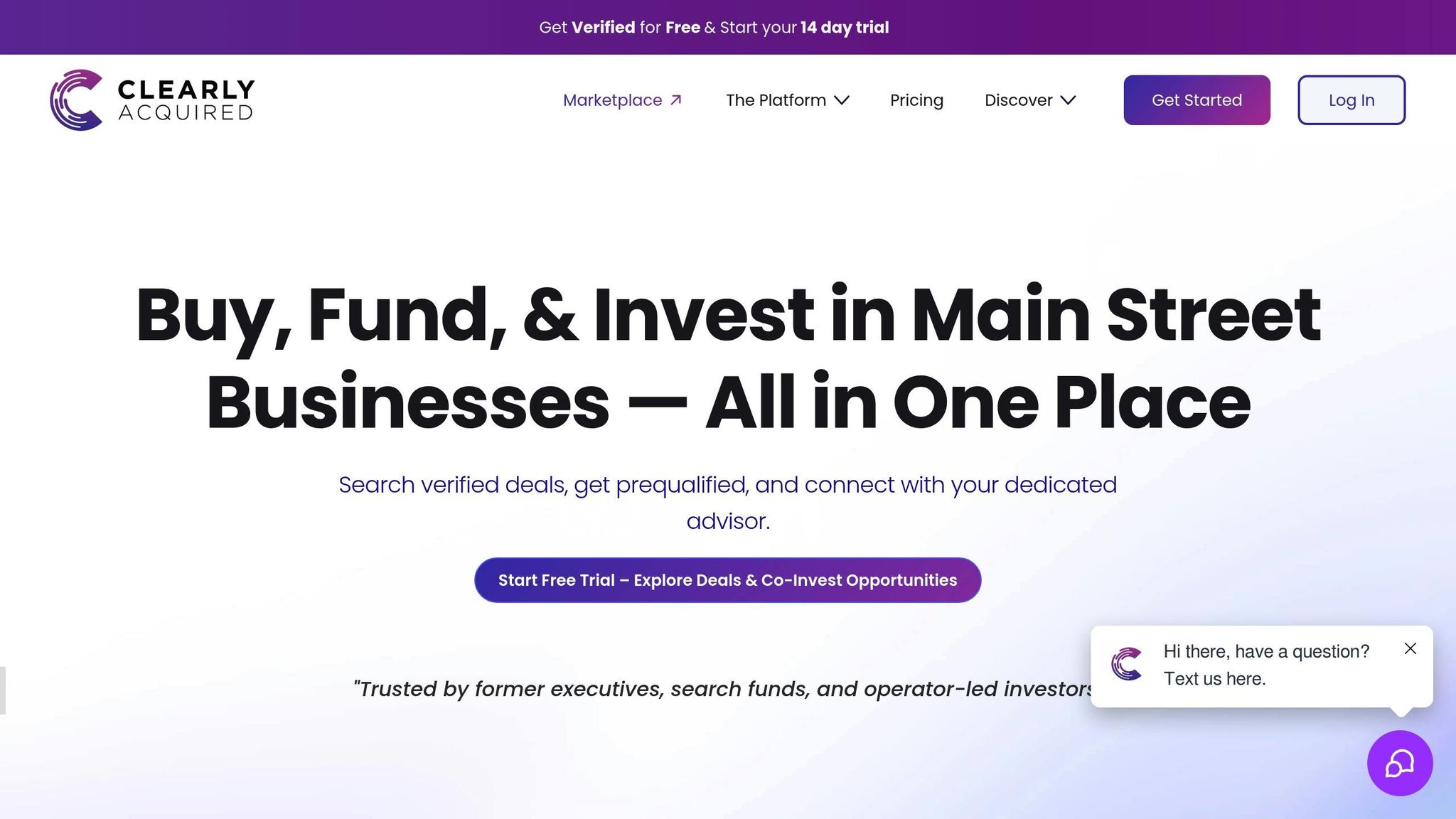
Clearly Acquired steps in to address the challenges of managing leverage risk with a blend of advanced tools, expert guidance, and educational resources. By combining technology and advisory services, the platform empowers buyers to make informed decisions and minimize financial risks.
Verified Deal Flow and Smart Tools
Finding the right business opportunity is crucial to reducing leverage risk. Clearly Acquired's marketplace features verified deal flow, offering a curated selection of businesses that have gone through a rigorous vetting process. This ensures buyers avoid wasting time on poorly represented opportunities or businesses that might lead to excessive financial strain.
The platform’s search and filtering tools allow users to narrow down options based on deal size, industry, location, and financial performance. This targeted approach helps buyers focus on opportunities that align with their financial goals and avoid deals that could demand excessive borrowing or pose higher risks.
With AI-powered analytics, buyers can dive deeper into risk assessment. These tools help simulate various financing scenarios, stress-test cash flows, and analyze the impact of different debt structures on business performance. Buyers can explore how varying levels of leverage might influence their ability to repay debt, maintain liquidity, and handle market shifts.
To streamline the process further, Clearly Acquired simplifies early-stage evaluations with automated NDA deployment and centralized deal management. This efficiency allows buyers to focus on analyzing opportunities rather than getting bogged down in administrative tasks.
Financing Options and Expert Guidance
Clearly Acquired offers a range of financing solutions to help buyers build a balanced capital structure. From SBA loans (7(a) and 504 programs) and commercial loans to lines of credit, equipment financing, and merchant cash advances, the platform provides access to diverse funding options. This variety allows buyers to combine multiple financing sources, reducing reliance on any single, potentially risky option.
The platform’s advisory team plays an essential role in guiding buyers through the complexities of deal structuring. These expert advisors assist with lender negotiations, capital stack optimization, and meeting lender requirements. Their hands-on approach helps buyers avoid common mistakes while structuring deals that align with their financial goals and risk tolerance.
For example, a first-time buyer used Clearly Acquired’s AI tools to model financing scenarios and ultimately chose an 80/10/10 structure - 80% SBA loan, 10% seller financing, and 10% equity. This strategy, paired with stress testing, ensured manageable debt service and favorable terms.
Additionally, the platform’s deal management hubs centralize document sharing, communication, and due diligence. Buyers can use built-in scenario planning tools to test how changes in revenue, expenses, or interest rates might impact their ability to meet financial obligations.
Educational Resources to Support Smarter Decisions
Beyond financing and advisory services, Clearly Acquired equips buyers with the knowledge they need to make confident decisions. The platform offers a range of educational resources, including courses, guides, webinars, and articles that cover deal structuring, financing options, and risk management strategies.
These materials help buyers understand the dynamics of leverage, evaluate financing alternatives, and implement effective due diligence practices. Topics include trends in SMB acquisition financing, shifts in interest rates, lender requirements, and strategies for structuring deals in evolving economic conditions. This educational foundation reinforces the platform’s risk management tools and services.
The buyer community adds another layer of learning through networking opportunities. Buyers can connect with peers to share experiences and gain insights from others who have faced similar challenges.
Even after the acquisition, Clearly Acquired continues to support buyers with ongoing access to advisory services, financial management tools, and educational content. These resources help buyers monitor business performance, manage debt repayment schedules, and adjust capital structures as needed, ensuring financial stability and resilience over time.
Conclusion
Using high levels of leverage in small and medium-sized business (SMB) acquisitions can amplify both potential profits and risks, making careful management a critical factor for success. While leverage allows entrepreneurs to purchase businesses with less upfront capital, it also introduces financial vulnerabilities that could threaten the long-term stability of the venture.
When leverage is excessive, even minor market changes or cash flow disruptions can make debt repayment challenging. This risk is heightened in today’s climate of rising interest rates and market uncertainty, where businesses face increasing debt servicing costs alongside potential revenue declines.
Effectively managing leverage calls for a proactive strategy. This includes thorough risk assessments, cautious financial forecasting, and well-thought-out contingency plans. Entrepreneurs should closely track key metrics like debt-to-equity and interest coverage ratios while ensuring they maintain sufficient cash reserves to handle unforeseen difficulties. Without these measures, businesses may face liquidity crises, operational setbacks, or even failure.
Clearly Acquired addresses these challenges by offering an integrated platform that simplifies the process. It provides verified deal flow, AI-driven financial modeling, and access to diverse financing options such as SBA loans and commercial funding. Additionally, the platform offers ongoing advisory support and educational resources to help buyers adapt their capital strategies as market conditions evolve.
FAQs
What is high-leverage risk in SMB acquisitions, and how can buyers manage it to ensure financial stability?
High-leverage risk in small and medium-sized business (SMB) acquisitions arises when significant debt is used to finance a purchase. This can put pressure on cash flow, disrupt operations, and hinder long-term growth if not handled properly.
To address this, buyers should prioritize thorough due diligence to assess the target business's financial health and identify any operational risks. Structuring deals with options like seller financing or earn-outs can ease the initial financial burden and create shared goals with the seller. Effective cash flow management and ongoing risk evaluations after the acquisition are also critical for maintaining stability.
In addition, strengthening the supply chain and implementing solid cybersecurity measures are essential steps to safeguard the business and ensure its financial well-being post-acquisition.
How does high-leverage risk affect a business's cash flow and ability to operate effectively?
High-leverage risk can put a serious strain on a business's cash flow. When a company takes on significant debt, the repayment obligations don’t change - even if revenue takes a hit. This can lead to financial instability, especially during tough economic times or when unexpected challenges arise.
On top of that, carrying a heavy debt load often limits a business's ability to adapt. With reduced cash reserves and ongoing debt payments, it becomes harder to invest in new opportunities, cut back on expenses, or pivot in response to market shifts. This lack of flexibility can leave a business more exposed to financial trouble.
How do market conditions and debt structures contribute to high-leverage risk in SMB acquisitions?
Market conditions and debt arrangements are key factors in determining the level of high-leverage risk in small and medium-sized business (SMB) acquisitions. For instance, during times of economic instability or market swings, borrowing costs can climb, and access to capital may shrink. This creates added financial pressure on deals that rely heavily on borrowed funds.
The structure of the debt itself also plays a big role in the risk equation. Acquisitions involving high debt ratios or overly intricate financing setups can become especially vulnerable if cash flow projections don’t pan out or if unexpected obstacles arise. To navigate these challenges, it’s crucial to closely assess both market dynamics and the terms of the debt, ensuring the acquisition remains financially viable.









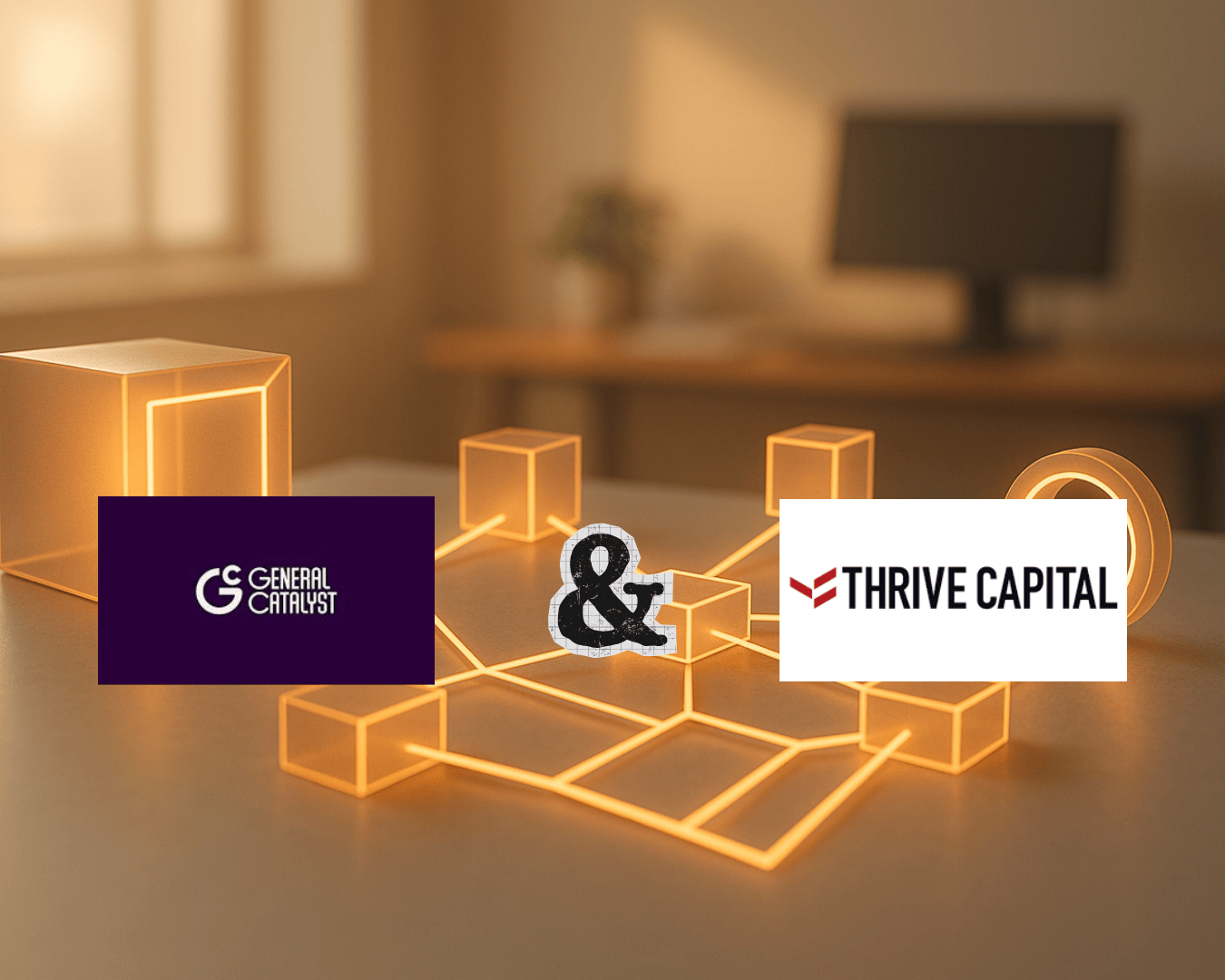











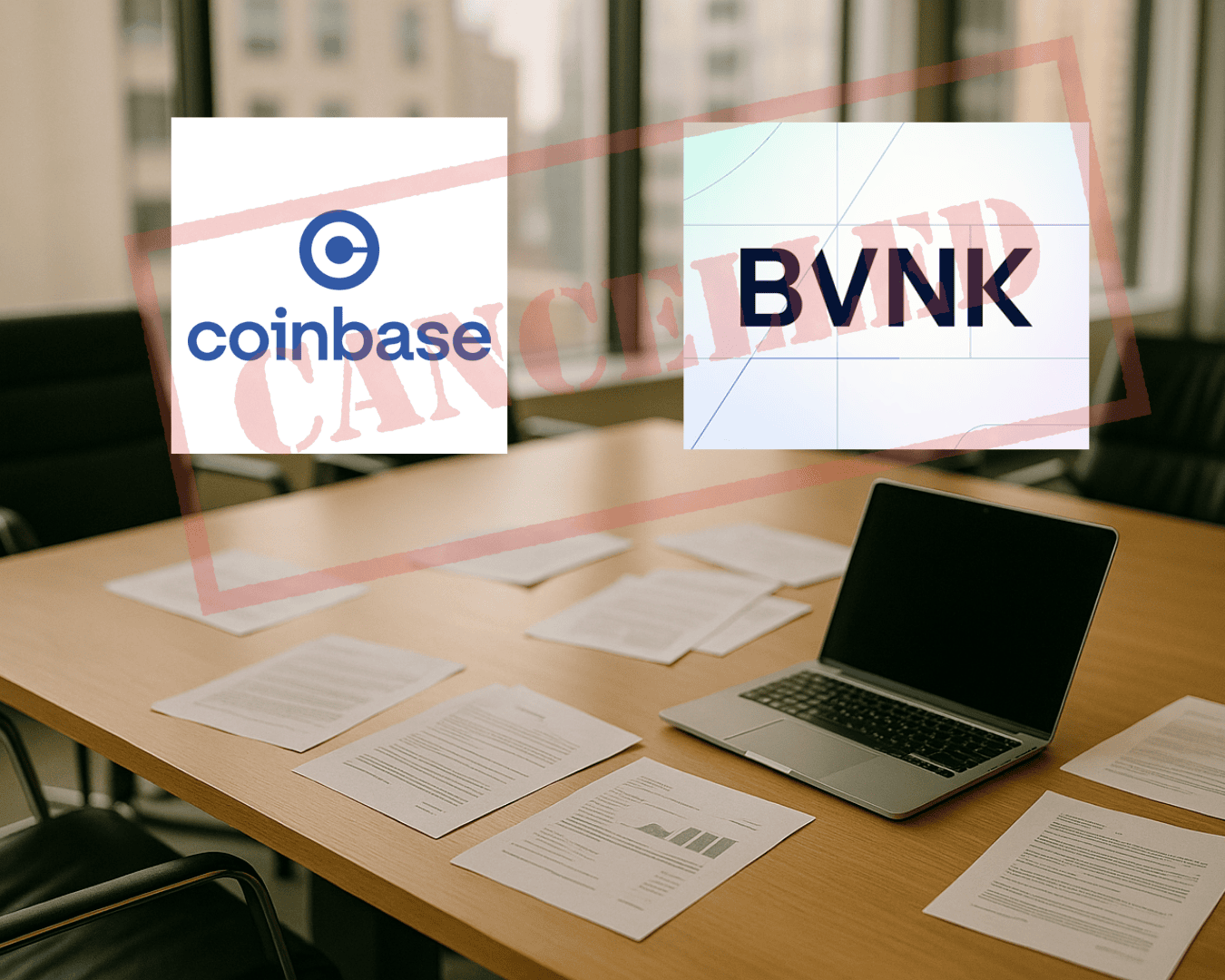









.png)




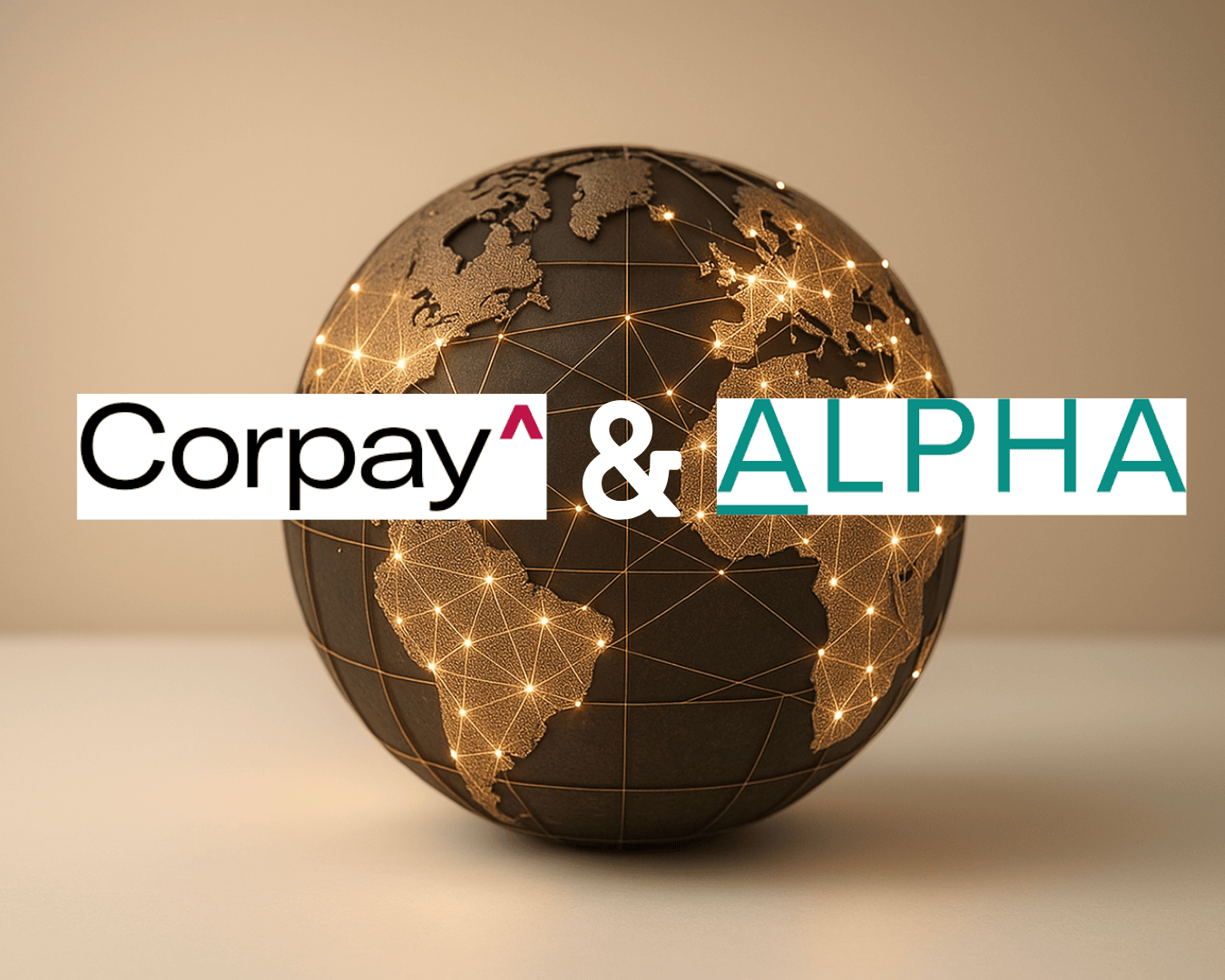












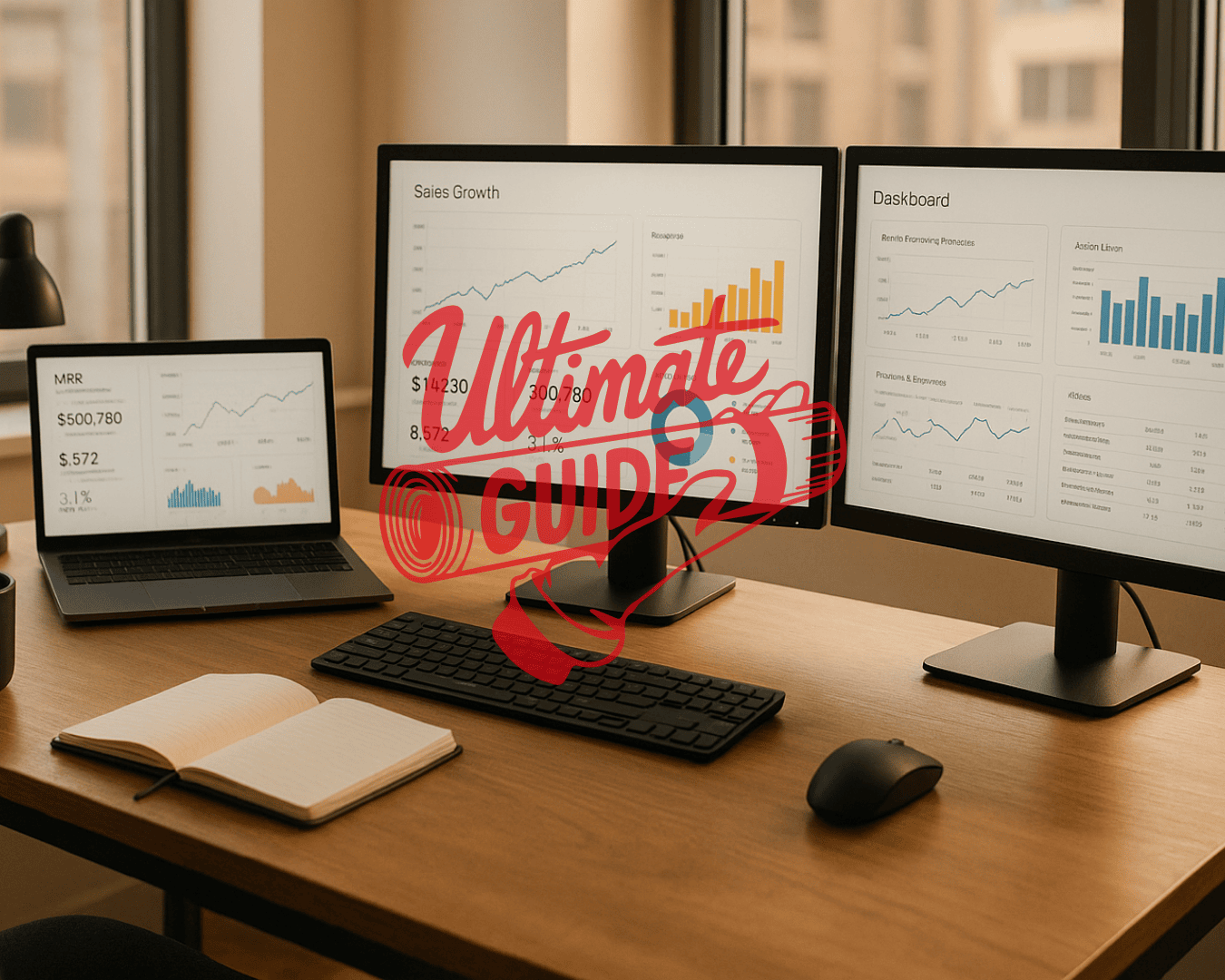










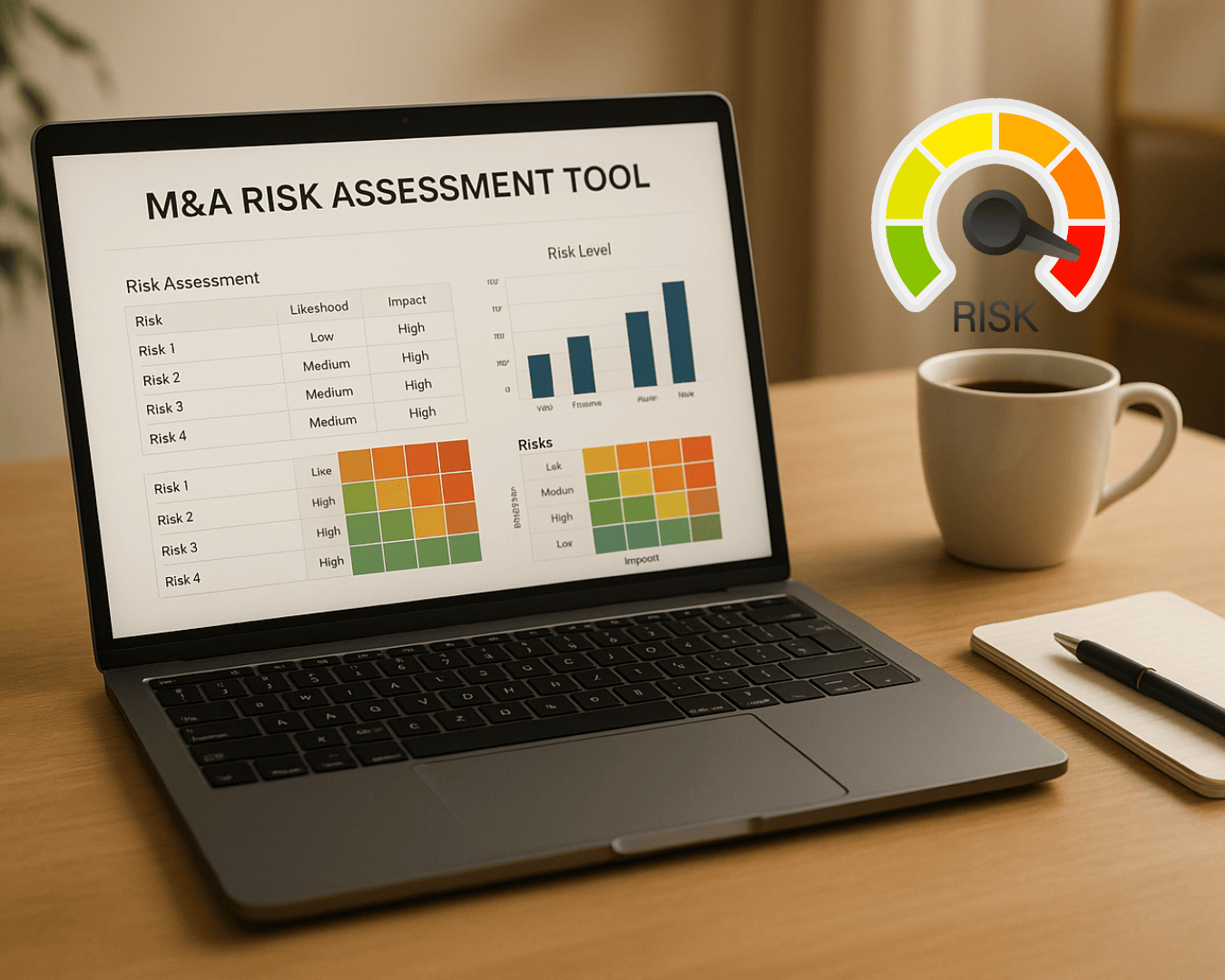


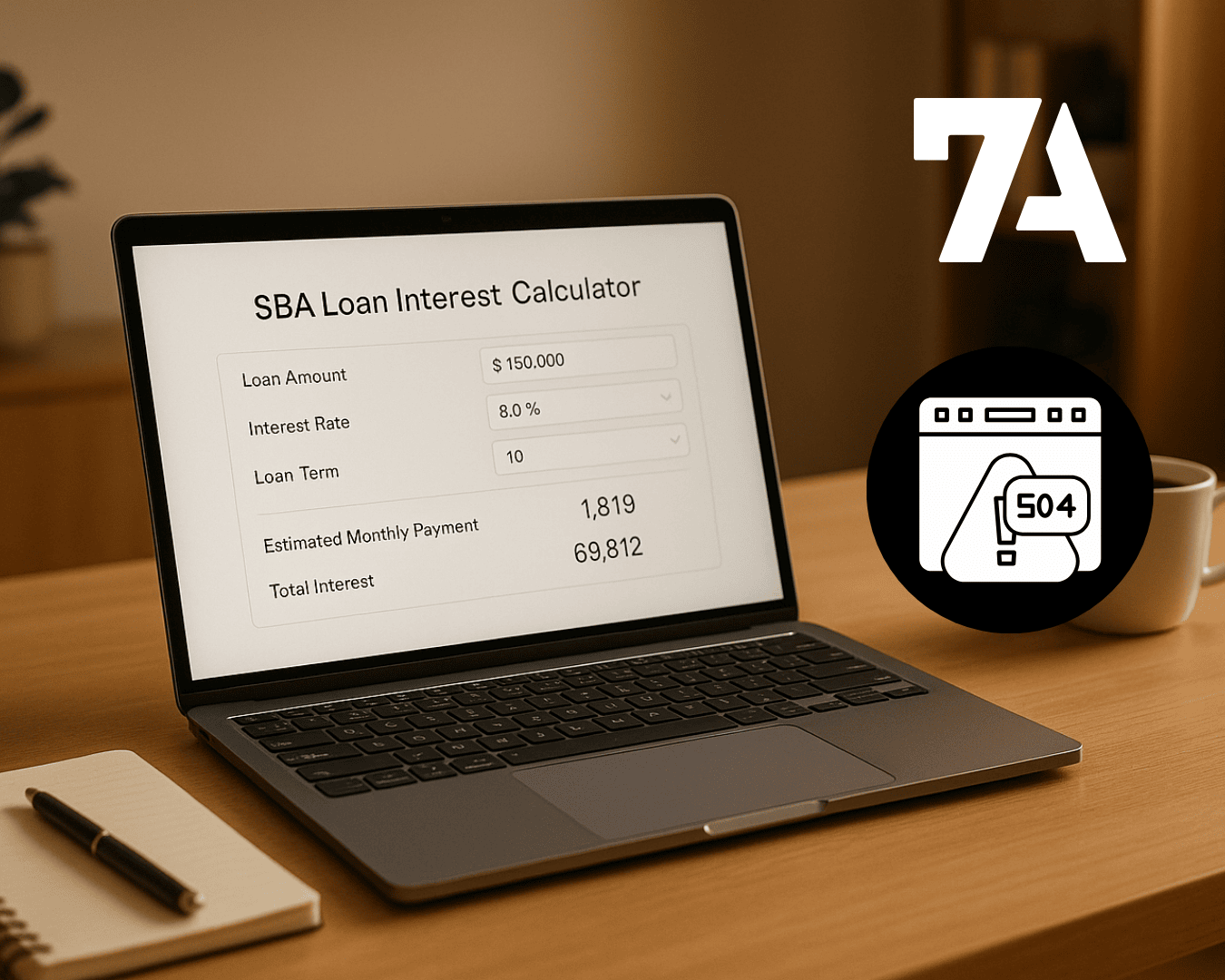








%20Loan%20Application%20Checklist.png)
